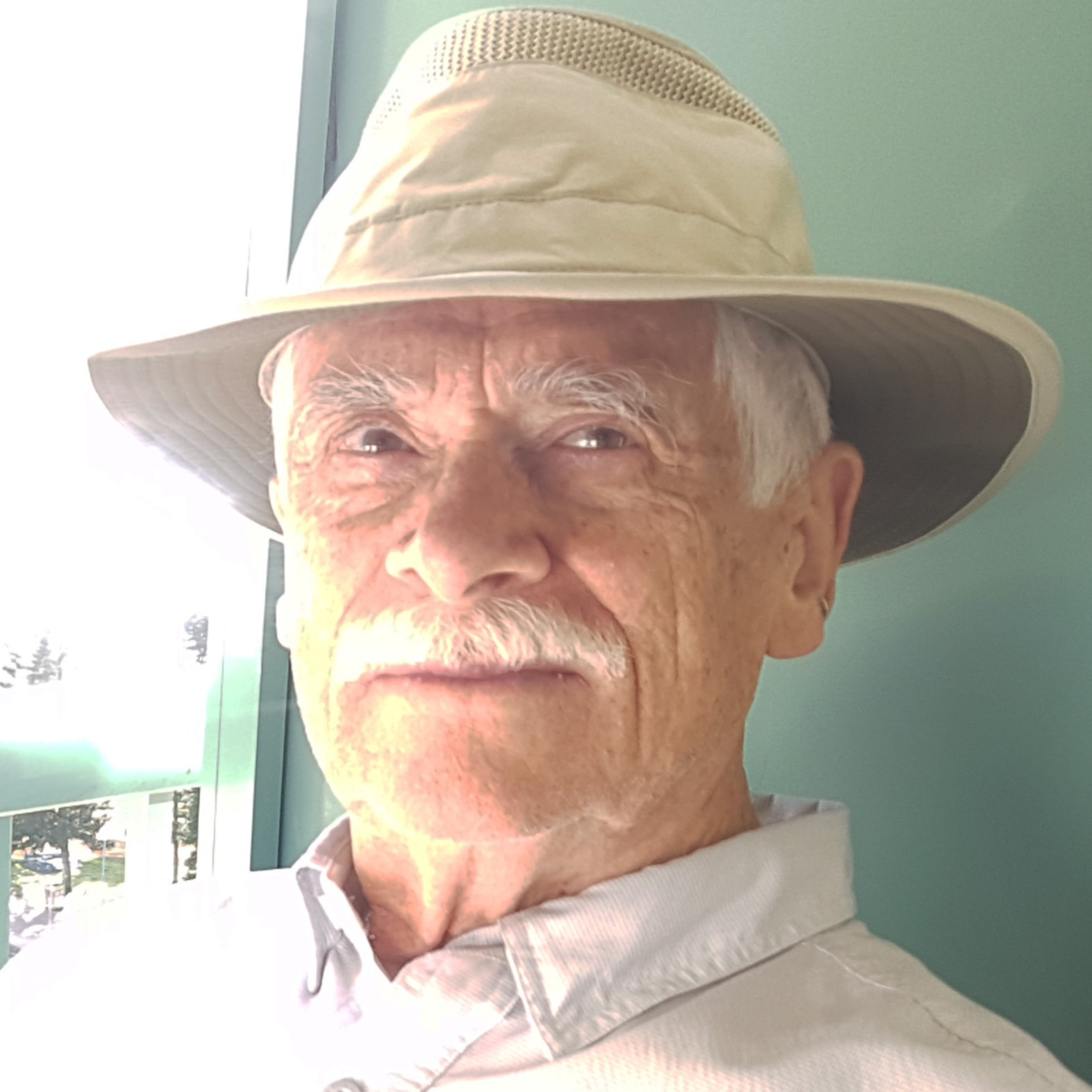Preprint
Article
Pharmacokinetics of the Hypoxia-Imaging Agent [123I]IAZA in Healthy Adults Following Exercise-Based Cardiac Stress
Altmetrics
Downloads
1153
Views
934
Comments
0
This version is not peer-reviewed
Submitted:
04 October 2017
Posted:
06 October 2017
Read the latest preprint version here
Alerts
Abstract
Objective: To determine the pharmacokinetics (PK) and detect changes in cardiac uptake of [123I]IAZA, a radiopharmaceutical used to image focal tissue hypoxia, in healthy volunteers after exercise-based cardiac stress, to establish a rational basis for studies of focal myocardial hypoxia in cardiac patients using [123I]IAZA. Method: Three healthy male volunteers ran the ‘Bruce’ treadmill protocol (criterion heart rate is 85 % of [220 – age]). Approximately one minute before reaching this level, [123I]IAZA (4.0 mCi/0.85 mg) was administered as a slow (1-3 min) single bolus i.v. injection, then the volunteer continued running for an additional 1 min. Serum from venous blood samples, taken at pre-determined intervals from 1 min to 45 h, was analyzed by radioHPLC. PK parameters were derived for [123I]IAZA and total radioactivity (total[123I]) using compartmental and noncompartmental analyses (NCA). Whole-body planar scintigraphic images were acquired from 0.75 to 24 h after dosing. PK data and scintigraphic images were compared to published data from healthy volunteers administered [123I]IAZA at rest. Results: Following strenuous exercise, both [123I]IAZA and total[123I] exhibited bi-exponential decline profiles, with rapid distribution phases [half-lives (t1/2α) of 1.2 and 1.4 min, respectively], followed by slower elimination phases [t1/2β of 195 and 290 min, respectively]. Total body clearance (CLTB) and steady state volume of distribution (Vss) were 0.647 L/kg and 185 mL/min, respectively, for [123I]IAZA and 0.785 L/kg and 135 mL/min, respectively, for total[123I]. The t1/2β, CLTB and Vss values were comparable to those reported previously for rested volunteers. The t1/2α was approximately 4-fold shorter for [123I]IAZA and approximately 3-fold shorter for total[123I] under exercise relative to rested subjects. The heart was visualized in early whole body scintigraphic images, but overall there were no apparent differences from images reported for rested volunteers. Minimal uptake of radiotracer in myocardium and skeletal muscle was consistent with uptake in non-stressed muscle. Conclusion: The PK and whole-body scintigrams for [123I]IAZA in exercise-stressed healthy volunteers showed no clinically relevant differences relative to non-exercised volunteers. [123I]IAZA may therefore be suitable for the detection of viable, hypoxic myocardium in areas of myocardial perfusion deficiency.
Keywords:
Subject: Medicine and Pharmacology - Pharmacology and Toxicology
Copyright: This open access article is published under a Creative Commons CC BY 4.0 license, which permit the free download, distribution, and reuse, provided that the author and preprint are cited in any reuse.
MDPI Initiatives
Important Links
© 2024 MDPI (Basel, Switzerland) unless otherwise stated




